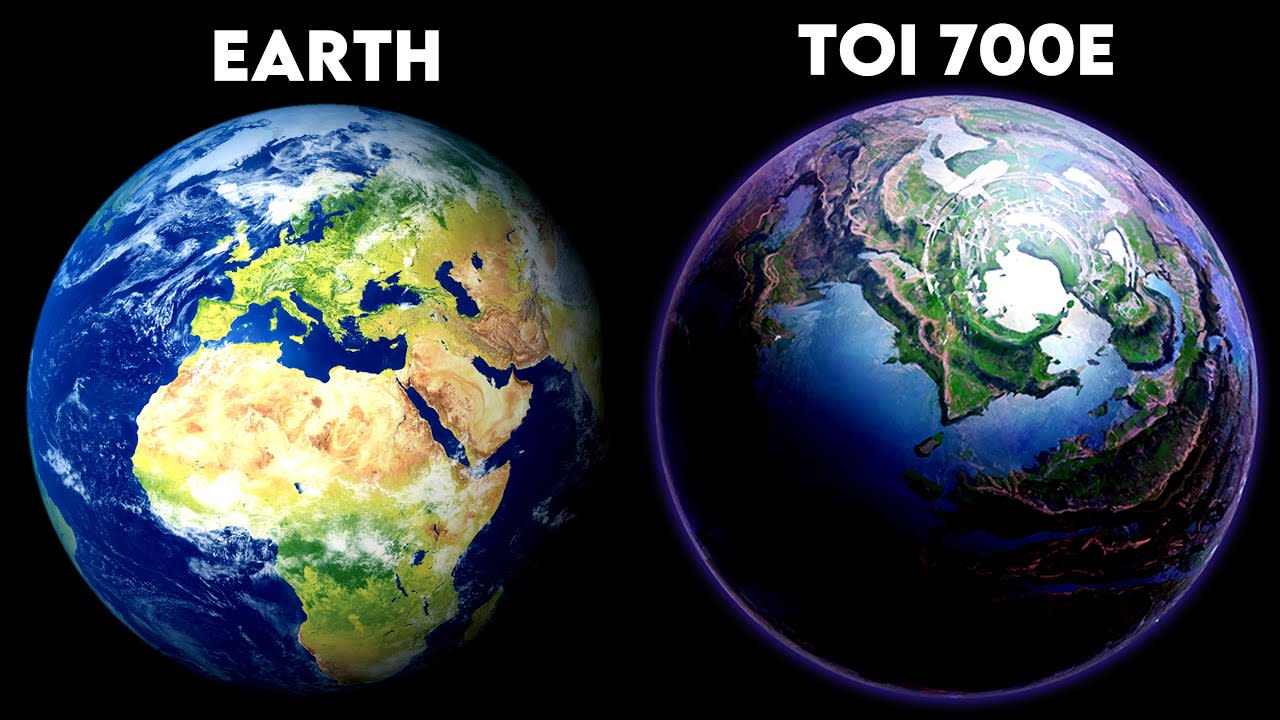NASA found a planet that’s a lot like Earth. This planet, called TOI 700 Planet, is very far away from Earth, about 100 billion light years. NASA thinks the temperature on TOI 700 Planet is like Earth’s temperature. They also think there might be water there, which is important for research. TOI 700 Planet is about 90% the size of Earth.

It takes TOI 700 Planet 28 days to go around its star. Earth takes 365 days to go around the Sun. Scientists at NASA think finding this planet is a big deal in looking for places like Earth where life could exist. In 2020, scientists found another planet around a star that’s like Earth.
That star was called TSSS. Scientists say they’ve found a few solar systems that might have planets where life could live. This new planet goes around a cooler star, a dwarf star about the same size as our Sun. NASA will keep studying this new planet to learn more about it.
NASA’s discovery of TOI 700 Planet is a big step forward in space exploration. It shows that there could be more planets out there that are similar to Earth, which is exciting for scientists. The fact that TOI 700 Planet orbits a cooler star also makes it interesting because it could mean that the conditions there are different from what we’re used to on Earth.
Studying planets like TOI 700 Planet helps scientists understand more about the universe and whether there could be life beyond our own planet. NASA will continue to study this new planet and others like it to unlock more secrets of the cosmos.
